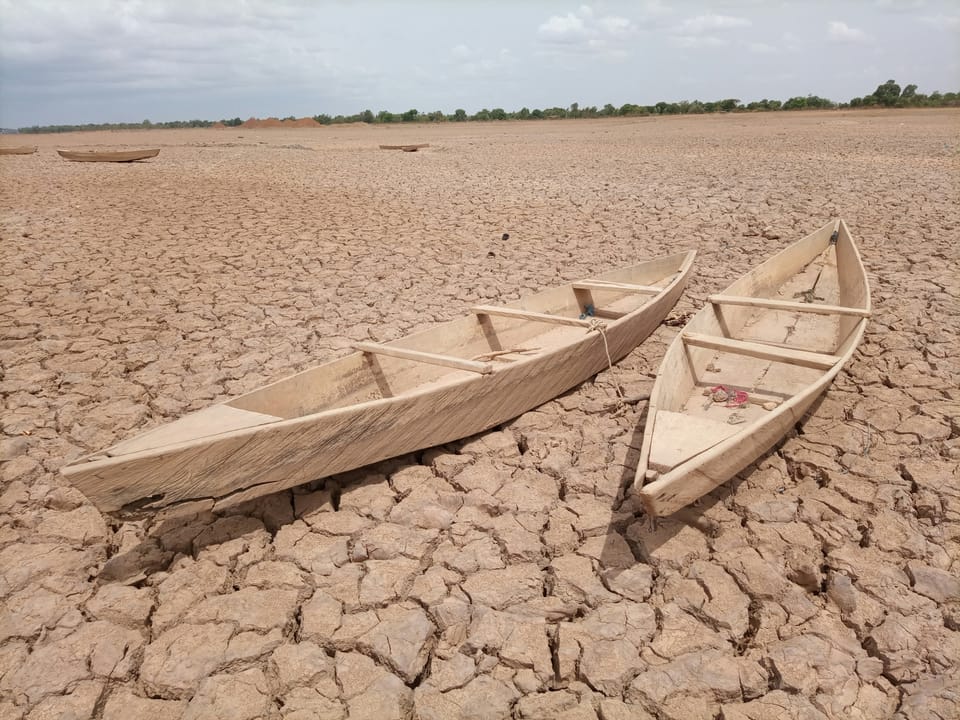Companies urged to act on water risk in supply chains, with billions of dollars under threat
Just half of the 3,163 large companies analysed by CDP currently engage with their supply chains on water issues.

CDP is urging companies to engage with their suppliers on water risk, after research revealed that US$77 billion is already under threat.
Just half of the 3,163 large companies analysed by CDP currently engage with their supply chains on water issues, including by inserting water requirements into supplier contracts, collecting water data, raising awareness of water issues, or collaborating on innovation.







